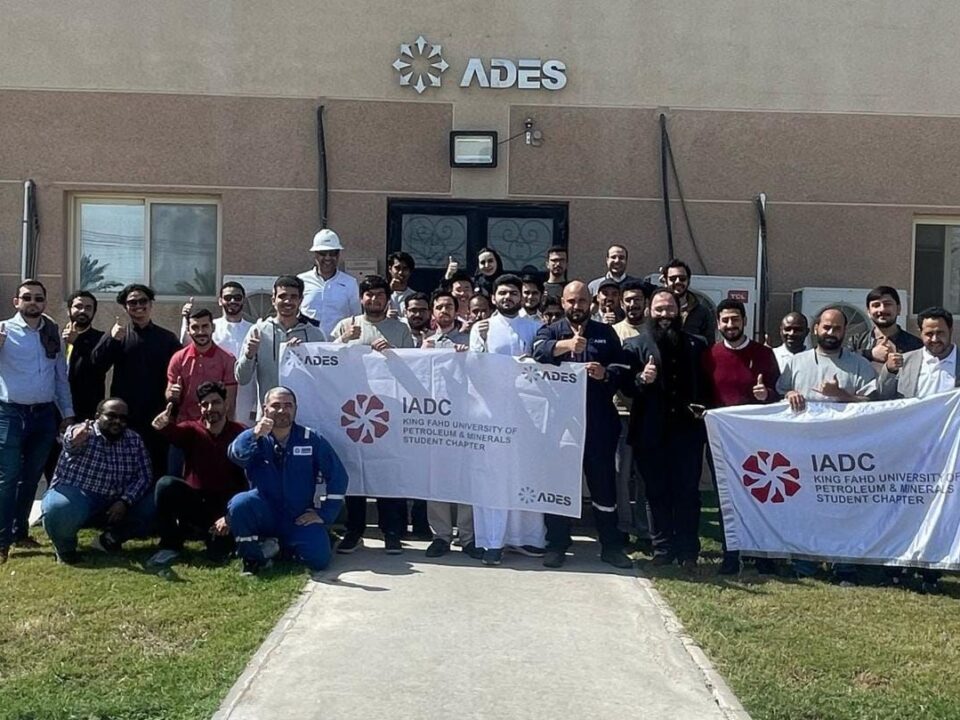 The Texas A&M IADC Student Chapter was invited to visit an Independence Contract Drilling (ICD) rig in Giddings, Texas in mid-August. 30 students from Texas A&M and Ole Miss, along with 3 professors from the Texas A&M Mays School of Business attended the visit. Participating students are majoring in Business, Finance, Petroleum Engineering and Agriculture Science. The students were treated to a tour of the rig, currently working for IronRoc Energy Partners, by ICD Senior Management, along with a lunch graciously cooked by Cameron.
The Texas A&M IADC Student Chapter was invited to visit an Independence Contract Drilling (ICD) rig in Giddings, Texas in mid-August. 30 students from Texas A&M and Ole Miss, along with 3 professors from the Texas A&M Mays School of Business attended the visit. Participating students are majoring in Business, Finance, Petroleum Engineering and Agriculture Science. The students were treated to a tour of the rig, currently working for IronRoc Energy Partners, by ICD Senior Management, along with a lunch graciously cooked by Cameron.
DRILLBITS
Monthly eNewsletter from the IADC
Texas A&M IADC Student Chapter Members Attend Independence Contract Drilling Rig Visit





